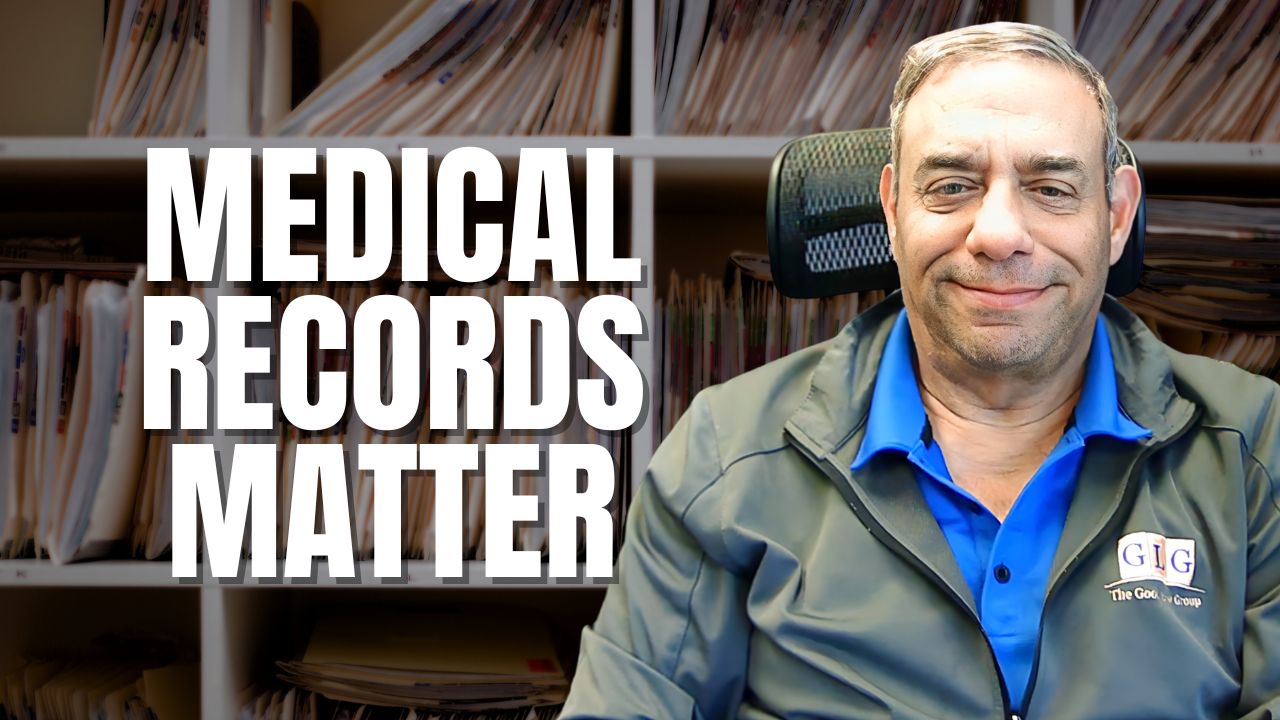While the Social Security Administration’s (SSA) rules for qualifying for disability may seem to many people like a difficult maze to navigate, being approved for SSDI benefits can be made easier for applicants if the SSA applies its “grid rules” to an applicant’s case. The SSA applies these special rules to applicants who are older because the SSA understands that older people, who are further along in their careers when their condition or disability occurs, may have difficulty learning a new skill or changing workplaces later in life.
Due to this reasoning, the SSA does not expect some of its older applicants to be able to transition to a new line of work. The SSA makes this decision by considering a number of factors including
- the applicant’s age;
- whether the applicant is able to perform work he or she has done in the past;
- the applicant’s physical abilities and education
If the SSA determines that an applicant’s disability or impairment is not as severe as one of the conditions reported in its medical listings, the SSA will apply its grid rules. Learn about the grid rules for medium work in this post.
When will a grid rule apply?
When determining whether a grid rule will apply to an applicant’s case, the SSA considers a number of aspects about the applicant. The SSA considers the applicant’s age, the applicant’s level of education, and the applicant’s skill level or residual functional capacity (RFC). Age is considered because generally an applicant must be over the age of 50 for the SSA to apply a grid rule. Skill level is evaluated to determine the level of work that the applicant can perform considering his or her endurance and strength.
There are five categories of RFC :
- sedentary work
- light work
- medium work
- heavy work
- very heavy work
Medium work
The chart below outlines how the SSA would apply the grid rules to an applicant who was capable of performing medium work. If an applicant can perform medium work that means that he or she can stand and walk for up to six hours in an eight hour day. It also means that the applicant can lift 25 pounds frequently and fifty pounds occasionally.
RFC for Medium Work for Claimant Approaching Advanced Age (50-54)
| Education | Skill Level | Decision |
| Limited or less | None | Disabled |
| Limited or less | Unskilled | Not disabled |
| Limited or less | Skilled or semiskilled-skills not transferable | Not disabled |
| Limited or less | Skilled or semiskilled-skills transferable | Not disabled |
| High school graduate or more | Unskilled or none | Not disabled |
| High school graduate or more-does not provide for direct entry into skilled work | Skilled or semiskilled-skills not transferable | Not disabled |
| High school graduate or more-does not provide for direct entry into skilled work | Skilled or semiskilled-skills transferable | Not disabled |
| High school graduate or more-provides for direct entry into skilled work | Skilled or semiskilled-skills not transferable | Not disabled |
Here is an example of how the SSA would apply these rules: The claimant was a 52-year-old woman who was a high school graduate and who filed for disability based on an arm injury. She previously worked in the deli department at a grocery store. The SSA classified her past work as semi-skilled work and determined that she had transferable skills she could use in another position. The SSA decided that despite her injury the claimant still had the ability to do medium work using her job skills that could be transferred to a different work environment.
Are you wondering if you are eligible for SSDI benefits? Contact the Law office of Neil H. Good online for a free case evaluation or call #(847) 577-4476.








